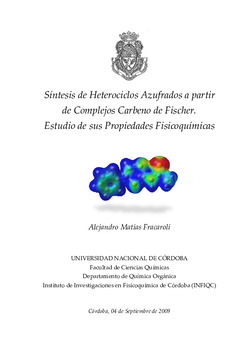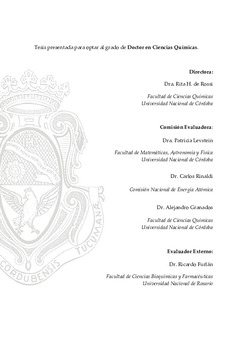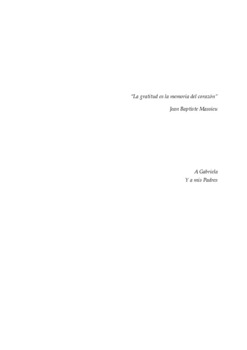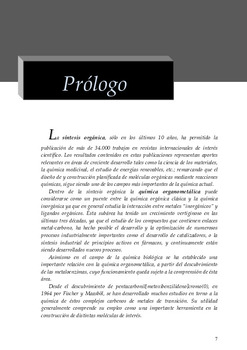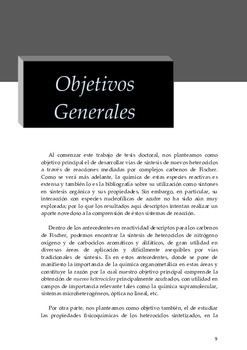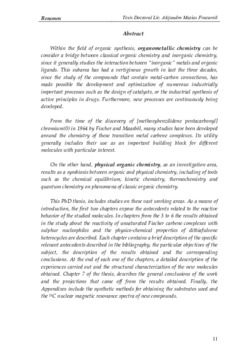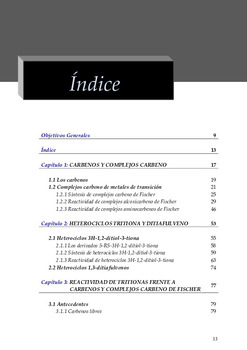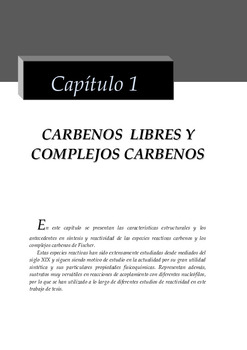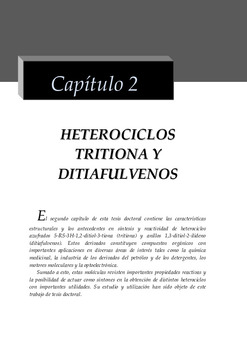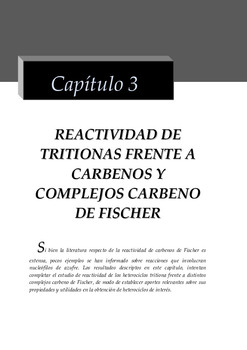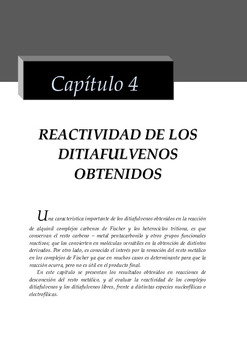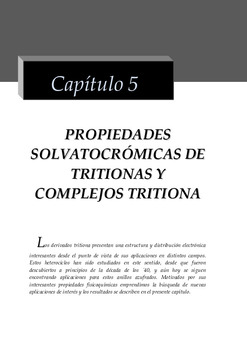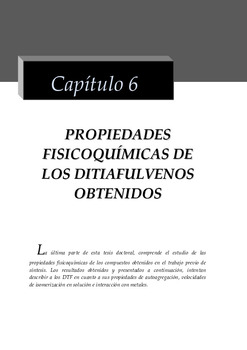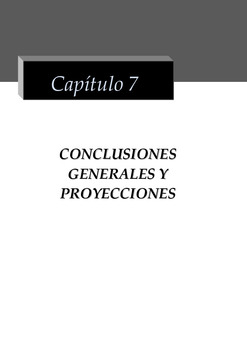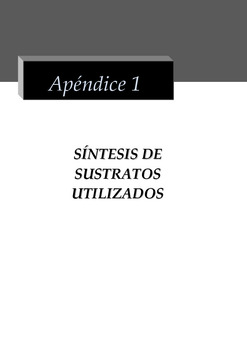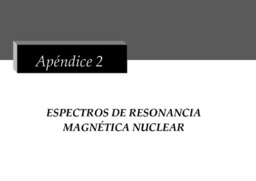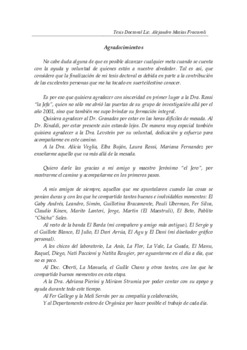| dc.contributor | Levstein, Patricia | |
| dc.contributor | Rinaldi, Carlos A. | |
| dc.contributor | Granados, Alejandro Manuel | |
| dc.contributor | Furlán, Ricardo | |
| dc.contributor.advisor | Hoyos de Rossi, María Rita | |
| dc.contributor.author | Fracaroli, Alejandro Matías | |
| dc.date.accessioned | 2020-01-30T13:08:38Z | |
| dc.date.available | 2020-01-30T13:08:38Z | |
| dc.date.issued | 2009 | |
| dc.identifier.uri | http://hdl.handle.net/11086/13292 | |
| dc.description | Tesis (Dr. en Ciencias Químicas) -- Universidad Nacional de Córdoba. Facultad de Ciencias Químicas, 2009. | es |
| dc.description.abstract | Within the field of organic synthesis, organometallic chemistry can be
consider a bridge between classical organic chemistry and inorganic chemistry,
since it generally studies the interaction between “inorganic” metals and organic
ligands. This subarea has had a vertiginous growth in last the three decades,
since the study of the compounds that contain metal-carbon connections, has
made possible the development and optimization of numerous industrially
important processes such as the design of catalysts, or the industrial synthesis of
active principles in drugs. Furthermore, new processes are continuously being
developed.
From the time of the discovery of [methoxybenzilidene pentacarbonyl]
chromium(0) in 1964 by Fischer and Maasböl, many studies have been developed
around the chemistry of these transition metal carbene complexes. Its utility
generally includes their use as an important building block for different
molecules with particular interest.
On the other hand, physical organic chemistry, as an investigation area,
results as a symbiosis between organic and physical chemistry, including of tools
such as the chemical equilibrium, kinetic chemistry, thermochemistry and
quantum chemistry on phenomena of classic organic chemistry.
This PhD thesis, includes studies on these vast working areas. As a means of
introduction, the first two chapters expose the antecedents related to the reactive
behavior of the studied molecules. In chapters from the 3 to 6 the results obtained
in the study about the reactivity of unsaturated Fischer carbene complexes with
sulphur nucleophiles and the physico-chemical properties of dithiafulvene
heterocycles are described. Each chapter contains a brief description of the specific
relevant antecedents described in the bibliography, the particular objectives of the
subject, the description of the results obtained and the corresponding
conclusions. At the end of each one of the chapters, a detailed description of the
experiences carried out and the structural characterization of the new molecules
obtained. Chapter 7 of the thesis, describes the general conclusions of the work
and the projections that came off from the results obtained. Finally, the
Appendixes include the synthetic methods for obtaining the substrates used and
the 13C nuclear magnetic resonance spectra of new compounds. | es |
| dc.language.iso | spa | es |
| dc.rights | Attribution-NonCommercial-NoDerivatives 4.0 Internacional | * |
| dc.rights | Attribution-NonCommercial-NoDerivatives 4.0 Internacional | * |
| dc.rights.uri | http://creativecommons.org/licenses/by-nc-nd/4.0/ | * |
| dc.subject | Fisicoquímica orgánica | es |
| dc.subject | Espectroscopía de Resonancia Magnética | es |
| dc.subject | Carbenos | es |
| dc.subject | Compuestos organometalicos | es |
| dc.subject | Compuestos heterociclicos | es |
| dc.subject | Metales de transición | es |
| dc.title | Síntesis de heterociclos azufrados a partir de Complejos Carbeno de Fisher : estudio de sus propiedades fisicoquímicas | es |
| dc.type | doctoralThesis | es |


